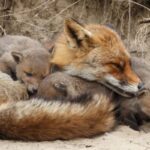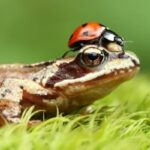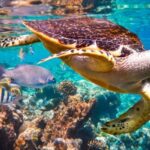We explain what viviparous animals are, what their reproduction and gestation are like. Also, differences with oviparous and ovoviviparous animals.
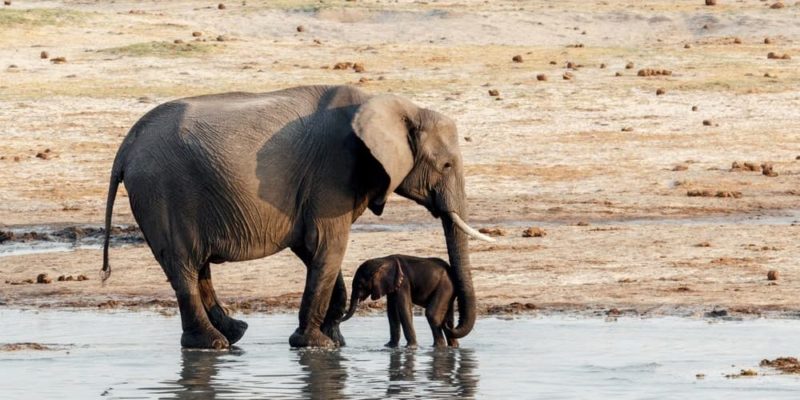
What are viviparous animals?
Viviparous animals are those that reproduce through internal fertilization and their embryos develop in specialized organs within the mother's womb. Embryos leave the mother's body at the end of pregnancy, through a birth canal. In this they are distinguished from oviparous and ovoviviparous animals.
The embryos of viviparous animals are connected to the mother's body from which they receive nutrition and defense. Birth occurs when the embryos have matured and the beginning of their individual existence corresponds.
That they can have an existence outside the maternal body means that they are capable of subsisting as an independent organism, which can feed, extract, breathe, etc. However, most species continue to require care. In the case of mammals they even require breastfeeding until later.
It is assumed that the emergence of viviparity in animals occurred with the appearance of the first mammals, since reptiles are oviparous. There are several hypotheses to explain this evolutionary change, but they agree on the advantages over risk factors such as predation, cold climate or the physical risk of keeping the embryo within the warm maternal body.
It is also estimated that it was the evolutionary step that would allow reptiles to adapt to cold climates in which laying eggs was too thermally risky.
See also: Parthenogenesis
Examples of viviparous animals
All mammals are perfect examples of viviparous animals regardless of the length of your gestation period. From cats, dogs, rats, pigs and rabbits, to lions, giraffes, elephants, apes and even humans.
Marine mammals are not exempt: orcas, dolphins, whales, seals, narwhals or sperm whales, as well as some specific types of amphibians such as salamanders and newts.
What is viviparous gestation like?
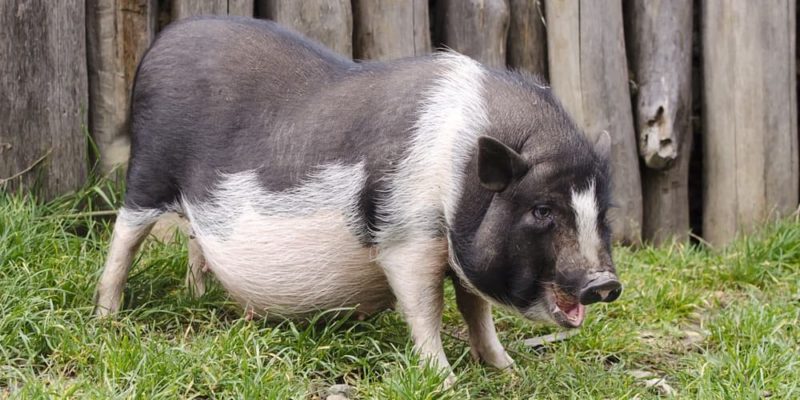
The gestation It is the time that the fertilized embryo lasts inside the mother's womb, until it matures and is expelled through the birth canal. During this period, the maternal body nourishes the embryo through an umbilical cord or equivalent, sharing blood, fluids and nutrients, which involves important changes in the mother's metabolism and behavior.
The length of this gestation period may vary depending on the species, but it usually ends when the embryo is sufficiently developed to be born. In the case of humans this gestation is around 9 months, while in lions it does not exceed 110 days, and in the case of mice, only about 20.
How do they reproduce?
The reproduction of viviparous animals It is general and mostly sexual, that is, through intercourse between males and females during which internal fertilization of the female occurs. To do this, the male penetrates her with his penis and deposits his seminal fluid inside, in which the sperm go.
When the sperm enter the egg, that is, they fertilize it, the embryo is produced. The latter grows inside the mother's womb, wrapped in a placenta, for a certain period of time and is finally expelled through the birth canal, to begin its existence as an independent organism.
Oviparous animals
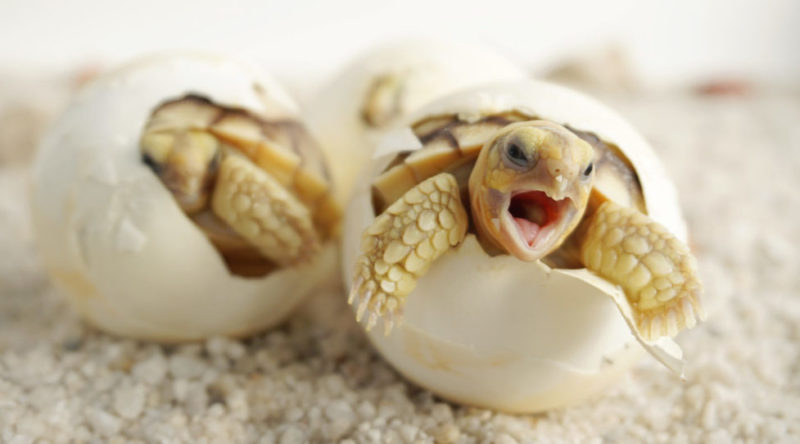
Oviparous animals, unlike viviparous ones, are those that lay eggs, as do lizards, birds or fish, among many others. This form of reproduction is much older than viviparity.
In some cases, fertilization is internal, meaning that the already fertilized eggs are deposited by the female and hatch on their own later, when the embryos are mature. In other cases, fertilization is external: the female deposits her unfertilized eggs and then the male sprays them with his sexual fluids, fertilizing them outside the mother's body.
In both cases, Fertilized eggs allow the growth of the embryo in a protected area isolated from the outside through a waterproof shell, within which are all the materials necessary for its development.
The relationship between parents and their fertilized eggs can be very diverse. Some species jealously care for them or even transport them from one place to another. The mother can keep an eye on her eggs, brood them (warm them with her body, like birds), or bury them in a safe place, waiting for the eggs to hatch.
In other species the female leaves them to their own devices, depositing large amounts to ensure that at least some percentage of them survive.
See more in: Oviparous animals
Ovoviviparous animals
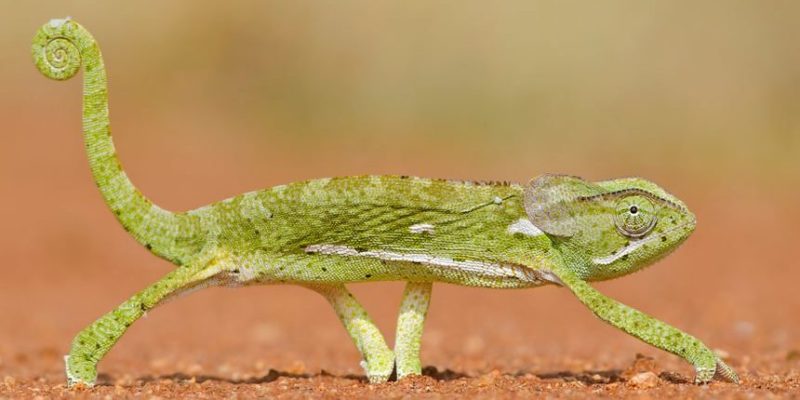
Ovoviviparous animals are a kind of intermediate category between oviparous and viviparous. In their case, the eggs are produced inside the mother through internal fertilization through intercourse, but they remain inside the mother's body until the embryos are sufficiently developed.
Laying takes place when the eggs are close to hatching, or directly after hatching, giving the erroneous impression that the babies have been given birth.
Unlike viviparous animals, these animals are not connected to their young through the placenta so the development of embryos does not depend on the nutritional resources of their body, but on the content of each egg. At most the maternal body allows gas exchange, as in the case of sharks and rays.
This is a common method of reproduction in many species of fish, sharks, rays, some reptiles (such as chameleons), and certain invertebrate animals.
References
- “Viviparity” on Wikipedia.
- “Viviparous” in Biology Dictionary.
- “Viviparity” in The Encyclopaedia Britannica.


